Activities to celebrate Hispanic heritage month
Every year on Sept. 15, the diverse traditions, customs and innovations of Hispanic culture are celebrated. Although Hispanic countries vary in their cultural values, they’re all known for their deep historical roots reflected in creative expression. Here are some activities to commemorate the distinctiveness of Hispanic countries.
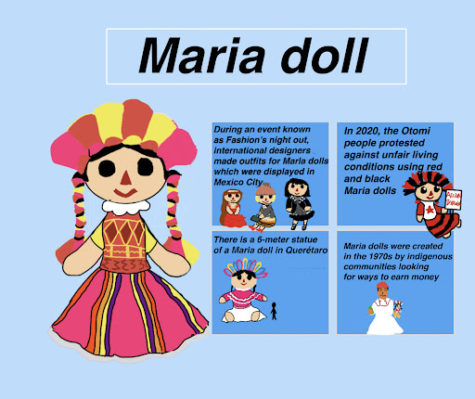
Making Mexican dolls
Do you remember the first toy you got? It was probably a doll or action figurine. In Mexico, rag dolls are a symbol of the culture of indigenous people. The most popular one, originating in central Mexico, is the Maria or Lele doll. It has been used to ward off evil spirits, but also serves as a traditional toy. You can make your own doll with a few materials.

Baking Salvadoran cookie sandwiches
In Argentina, there is one traditional dessert that is popular all year round. Alfajores are sandwiches consisting of caramelized milk (dulce de leche) stuffed between two shortbread cookies. Brought over during the Spanish colonization, this confection is said to be a crumbly and sweet treat. You can find a recipe for a batch of about 10 alfajores here.
Crafting a God’s eye
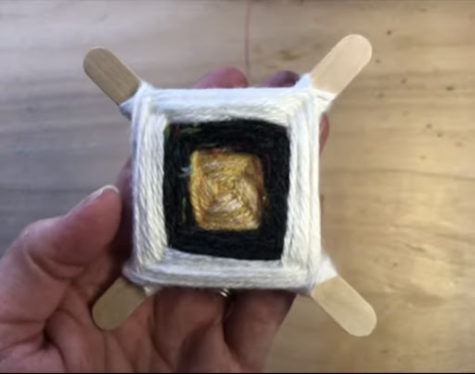
In Bolivia, God’s eye was a ritual tool made by the Huichol Indians who believed it would protect them. The center represents the Sun God’s eye and the cross represents the four sacred elements, wind, earth, fire and water. You can make a God’s eye by making a cross with popsicle sticks and weaving the yarn around them. First, glue two sticks to make a cross and wrap the yarn three times around the center to make a small “X.” Continue weaving by wrapping the yarn around each arm until you reach the desired length. Use glue to adhere the yarn to one of the arms.
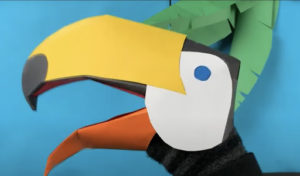
Make a toucan puppet
Costa Rica is home to one of the most colorful birds, the toucan. These curious birds that hop around in the canopy symbolize liveliness and perseverance. They’re an icon of Costa Rica’s tropical biodiversity. This unique bird is featured in tourist activities and National parks. You can create your own toucan puppet with a few materials.
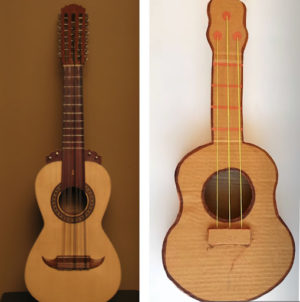
Playing music on a cardboard guitar
Chile has a rich musical heritage full of musicians and poets. Chilean musicians have incorporated several music genres to the songs they sing and the instruments they play. For Chileans, music is a powerful form of self expression. It evokes emotions, sends messages and tells stories. You can make your own music with this guitar craft.
Make a coiled basket
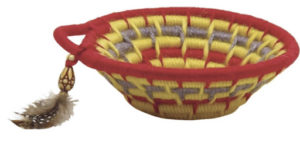
Colombian Guacamaya baskets are handmade woven cultural crafts made by the U’wa tribes. They used to be passed down and used as containers or ceremonial gifts. Now, they’re mainly a decorative reminder of the traditions and art of the indigenous people. You can make your own coiled basket with yarn and piping cord.
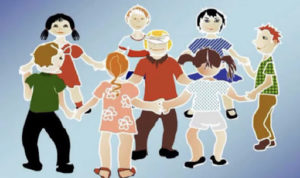
Play Little Blind hen
In Cuba, people gather to play “Little Blind Hen,” a game where a player blindfolds themselves and tries to reach the others while they call to him/her. This is a popular form of entertainment for children and adults alike. You too can play this traditional outdoor game with 2 or more people.
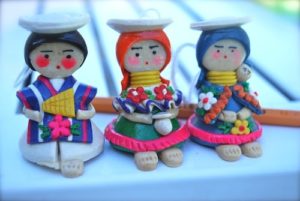
Sculpt with migajon clay
In Ecuador, there is a special type of clay that can be made with two materials. Migajon clay is made by mixing the white part of a piece of bread with a tablespoon of glue. This dough can be shaped into figures and then left to dry overnight. It’s used for special occasions such as parties, weddings and religious events.
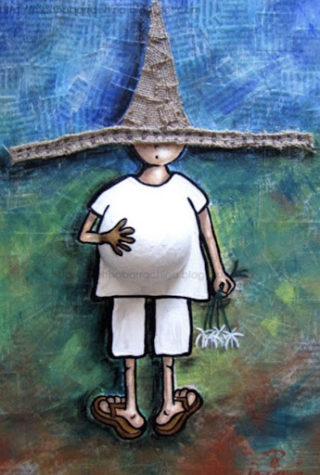
Make a cipitio hat
According to Salvadoran folklore, Cipitio is an 8-year-old boy cursed with backward knees and the inability to grow. Known for being mischievous, he’s often used to discourage people from disobeying their parents or doing something undesirable. It’s said that he throws small stones at people, eats ashes, makes messes and can teleport. His appearance is as peculiar as his behavior; he has a big belly and wears a large pointy hat. You can make your own Cipito hat with paper.
Now that you know a little bit about the different Hispanic cultures, you too can celebrate it in many different ways.
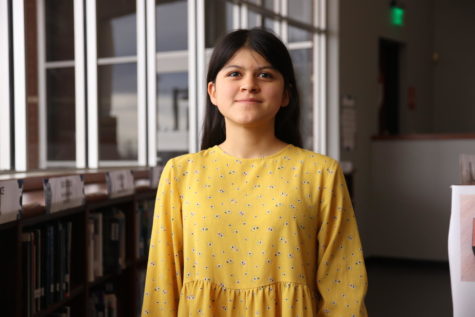
Sophomore Daniela Perez is a reporter and this is her first year on staff. She enjoys reading, writing and drawing.


